Zanda Tulin National Geological Park
Tibet Zanda earth Forest National Geopark is located in Zanda County, Ali Prefecture, southwest of Tibet autonomous region. In August 2005, the Ministry of land and Resources approved the fourth batch of national geological parks. It is a comprehensive geological park featuring a stone forest composed of red Ordovician carbonate rocks, as well as karst canyons, caves, lakes, springs and waterfalls. Including Hongshi Lin Karst Landform Scenic Spot, sitting Dragon River Gorge Scenic Area and Yifeng Lake Youshui river water body physiognomy scenic spot.
Located in the Tibetan Autonomous Region known as the "Roof of the World Ridge", the park is located in Pulan County to the east, Kashmir to the west, the Himalayas to the South and India to the north, Ayila Mountain to the north and Gar County to the center of Tolin Town, along the banks of the Xiangquan River, is a land characterized by soil forest landforms as the main geological relics. Texture and appearance of national geological park.
Distribution altitude is 3750 ~ 4450m, is the largest and most typical Neogene stratum weathering soil forest in the world. The geographical position is: 31 20 31 40 North latitude, 79 25 80 02 East longitude, and the total area of work area is 457.12 km.
Zhada Tulin National Geopark is situated at the junction of China and Kashmir, India and Nepal, 1500km from Lhasa City, there are about 700 km of sand and stone roads; 280 km from Shiquanhe Town, the seat of the Ali Regional Administration, of which about 120 km is Panshan sand and stone roads and dirt roads. The road is narrower and the road condition is poor. Tar oil is being built on this section of the highway. The road is expected to be opened to traffic in 2 years. The county has a total distance of 1065 km, including 219 national highways to Xinjiang, 318 national highways to Lhasa, the capital of the autonomous region, via Baer and Zhongba. Zanda County town leads to 6 villages and towns are all simple roads. Whenever the rainy season comes, some sections of the road can not be opened to traffic. So far, the county has poor overall traffic conditions.
Hydrology:
There are 14 large and small rivers in the territory, of which the Xiangquan River (known as the "Langqin Zangbu" in Tibetan) is the largest river flowing through the Zanda Basin, and the three outflow rivers in Zanda County have the largest average annual runoff. It originated from the Himalayan glaciers near the Lanta in the eastern part of Zanda County, because the mouth of the spring is shaped like an elephant cirrus. It is called the Quan river. After flowing through Qusundo, Torin and Ruba, it crosses the Himalayas west of the Shbuqi Pass and flows into India. It is renamed the Sutreki River. Xiangquan River has given birth to the brilliant Xiangxiong culture, Guge civilization, and magnificent landscape of earth forest.
Climate:
The climate of Zanda Basin is a plateau temperate monsoon arid region, which is greatly influenced by the alternation of westerly circulation and southwest monsoon. When the westerly circulation with the characteristics of climate subsidence prevails, Zanda presents the characteristics of dry climate, less precipitation, severe temperature difference and strong wind, and becomes the main weather system in winter. The southwest monsoon in summer enters over Zanda in early June or mid-June, which is characterized by warm climate and concentrated rainfall. The huge barrier action of the Himalayas on the south side of the Zanda Basin hinders the northward movement of the warm and humid currents to a great extent, thus making the Zanda Basin a "rain shadow area", and the annual precipitation is only about 160mm. Under the influence of the thermal effect of the valley basin, the climate in the Zanda basin has become very dry and hot. According to relevant meteorological data, the average annual temperature in Ali area is 3 C, and the average temperature in the hottest month (July) is 13.7 C. The monthly average temperature of the coldest month (January) is - 9.2, the days greater than 0, 230 days, 110 days greater than 10, the frost-free period is 124-130 days, and the annual sunshine hours are about 3,500 hours.
There are various types of geological relics in Zanda Tulin National Geopark, but the most representative one is the soil forest landforms occurring in the Zanda Group of Tertiary Pliocene to Quaternary Lower Pleistocene in Zanda Basin. Due to the differences in weathering resistance of various bedrock along the edge of the Zanda Basin, different landforms such as the number, scale, extension length and slope gradient of the tributaries and tributaries along the two banks of the Quanhe River are formed. The semi-consolidated rocks in the fluvial and lacustrine facies are formed after long geological evolution, such as undulation, overlapping of layers of forest and gas. The potential of the earth forest landscape. From a high point of view, the earth forest under the blue sky and white clouds stretches for hundreds of kilometers, stretching continuously and magnificently, like the ancient Gugexiong divisions marching in this vast land of Zada, making people solemn, solemn and solemn. The soil forest in Zanda area is the most typical, well-preserved, most peculiar and most widely distributed Tertiary stratum weathering soil forest landform found in the world. It is a typical area to study the development and evolution of soil forest landform.
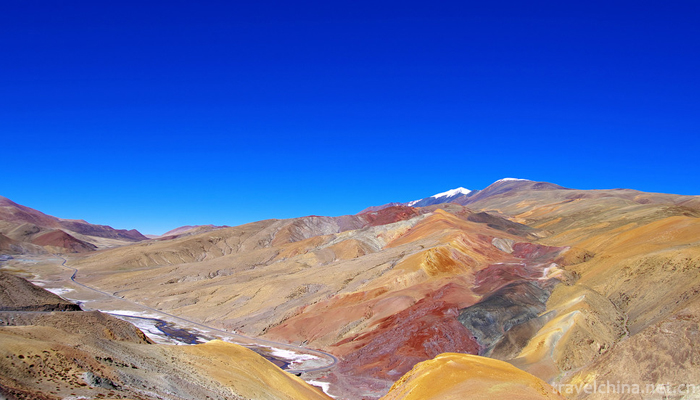


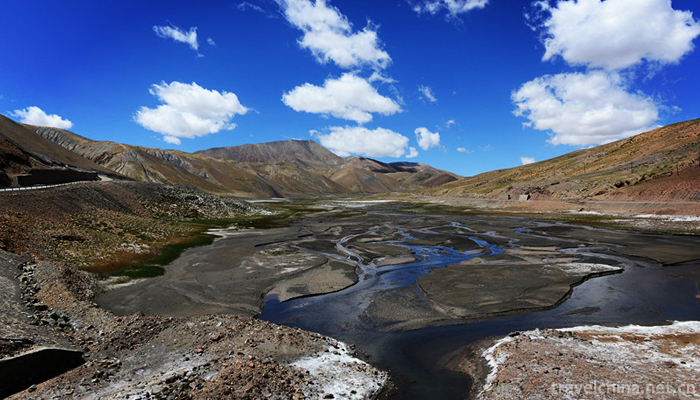
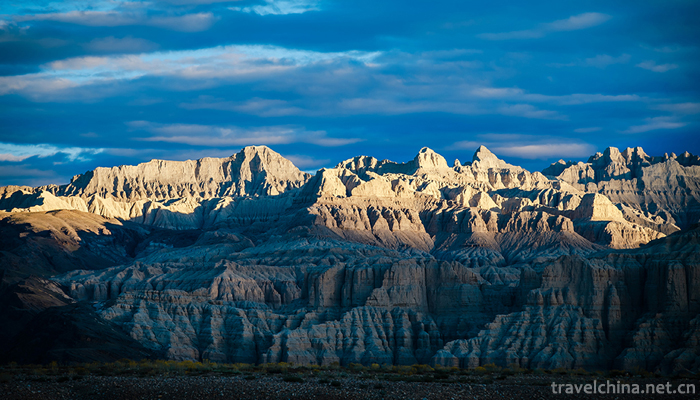

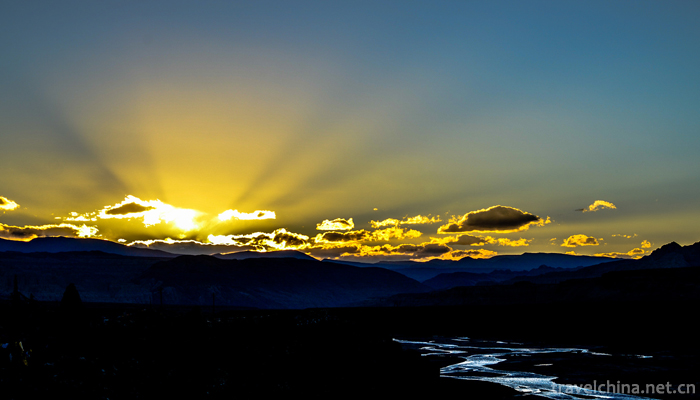
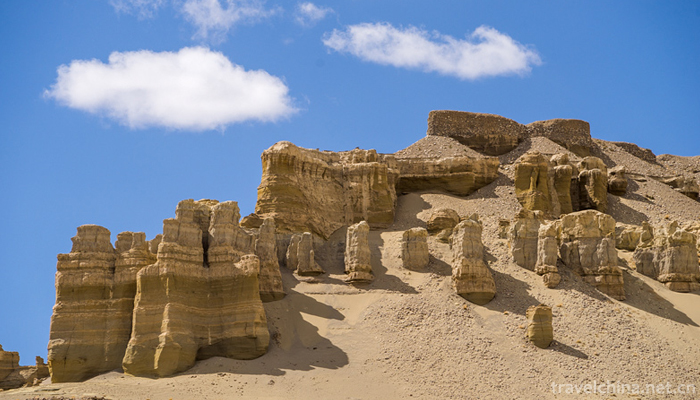
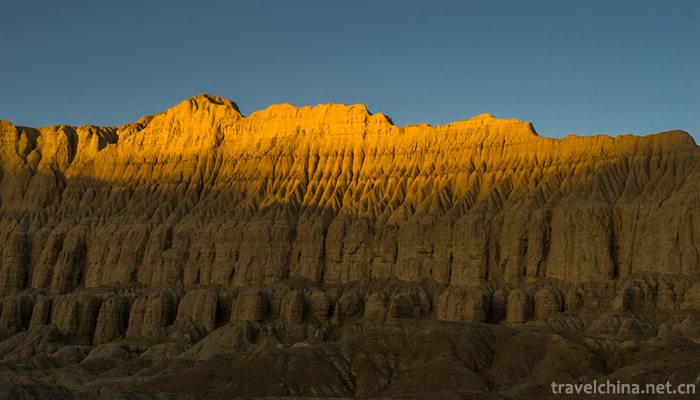
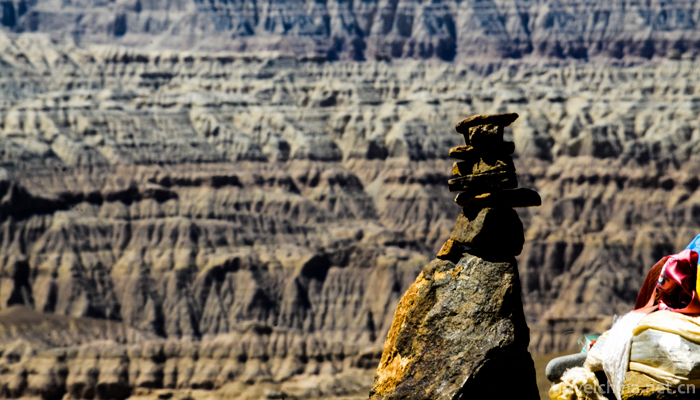
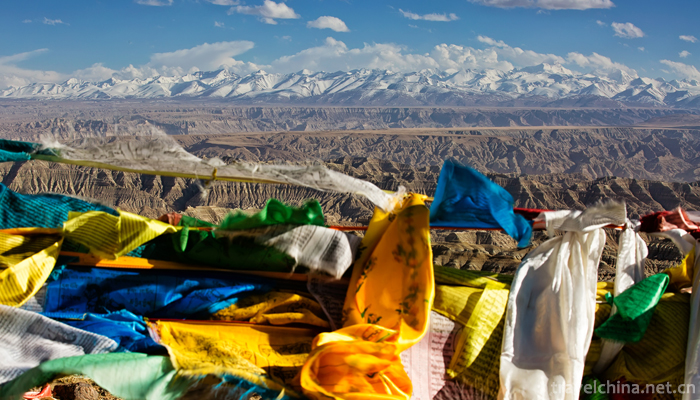
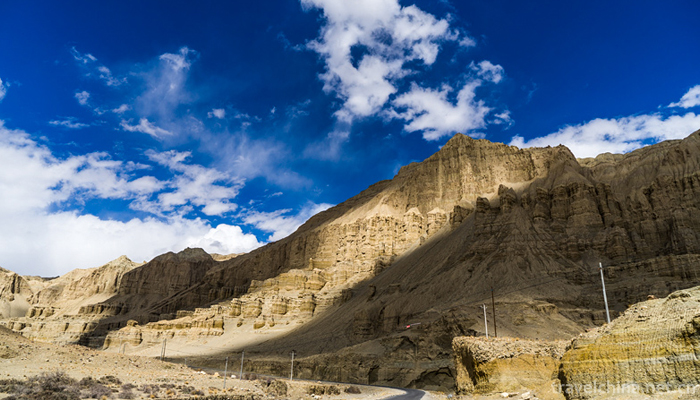
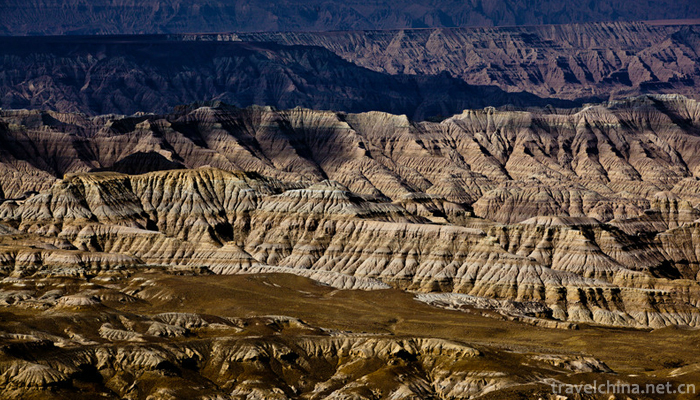
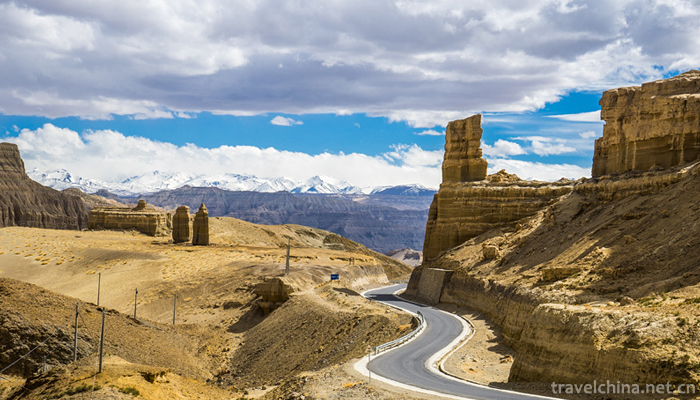
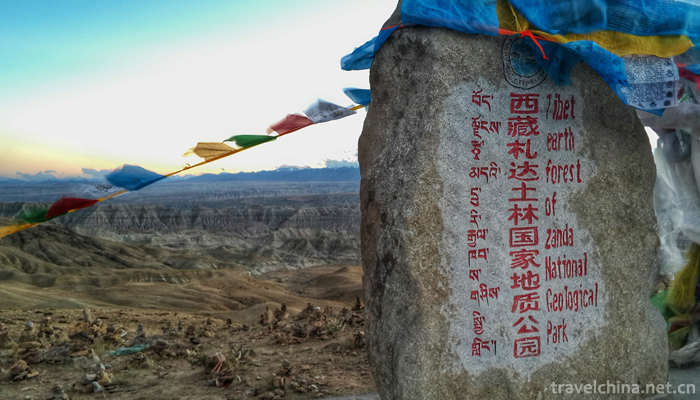
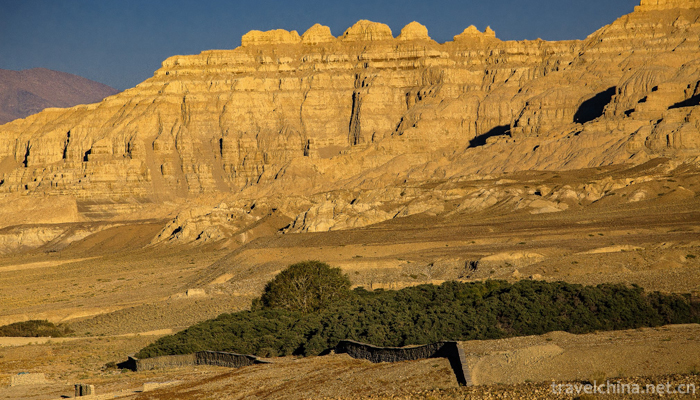

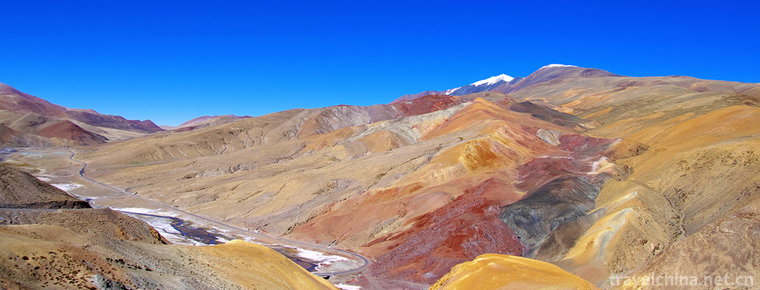
-
1.Stinky mandarin fishMarinate mandarin fish
Stinky eel, also known as Stinky Osmanthus, Barrel Fresh Fish, Barrel Fresh Fish, Pickled Fresh Fish, is a traditional Huizhou dish, one of the representatives of Huizhou cuisine.
Time 2018-11-02 -
2.World Park
The World Park is located in Dabaotai, Huaxiang, Fengtai District, Beijing. It is 16 kilometers from the city center and 8 kilometers from Beijing West Railway Station. It is a national 4A-level sceni
Time 2018-12-19 -
3.Mianzhu New Year Picture Village Scenic Area in China
New Year Picture Village is located in Xiaode Town, South Gate of Mianzhu City, Sichuan Province. It is located between De'a Highway and Chengqing Highway, 73 kilometers away from Chengdu and within o
Time 2018-12-22 -
4.Guanyin Mountain National Forest Park Guangdong
Guanyinshan National Forest Park in Guangdong Province is the first National Forest Park in Dongguan City approved by the State Forestry Administration. It is located in Zhangmu Town, Dongguan City
Time 2019-01-13 -
5.Liangfengjiang National Forest Park
Liangfengjiang Forest Park is the earliest national forest park in Guangxi approved by the Ministry of Forestry, covering an area of more than 70,000 mu. Located in the southern
Time 2019-01-30 -
6.Quail gruel
Ingredients: Quail, 100 grams of Japonica rice, 20 grams of red beans, 3 pieces of ginger, 10 grams of cooking wine, proper amount of salt, monosodium glutamate, pepper and sesame oil.
Time 2019-03-24 -
7.Baxian longevity noodles
Make it with Udonghua noodles. With turtle, old turtle boiled soup, turtle has a nourishing role, old turtle represents longevity. Take shrimp, squid, sea cucumber, black fish balls
Time 2019-03-27 -
8.Carpet Weaving Techniques
Uygur carpet is a handicraft with a long history and tradition. It integrates painting, sculpture, knitting, embroidery, printing and dyeing. Characteristic
Time 2019-04-26 -
9.The Story of Guangchan Marquis
The story of Guangchan Marquis refers to a local folklore widely circulated in Yangcheng County, Jincheng City. Guangchan Marquis refers to an ordinary folk veterinarian in the Northern Song Dynasty
Time 2019-05-01 -
10.Brown Fan Dance
On the day of the grand Brown fan dance festival, adult men gather in groups on a square with their own delicacies and rice wine every day, and hold a large-scale Brown fan dance activities by arrangi
Time 2019-08-16 -
11.Deyang first industry
In 2018, the sown area of crops in Deyang City was 477000 hectares, 533 hectares less than the previous year, a decrease of 0.1%. Among them, the sown area of grain crops was 311000 ha, decreased by 1525 ha, decreased by 0.5%; the sown area of oil
Time 2020-12-14 -
12.Suining first industry
In 2019, the total output value of agriculture, forestry, animal husbandry and fishery in Suining will reach 30.998 billion yuan, an increase of 3.4% over the previous year.
Time 2020-12-16